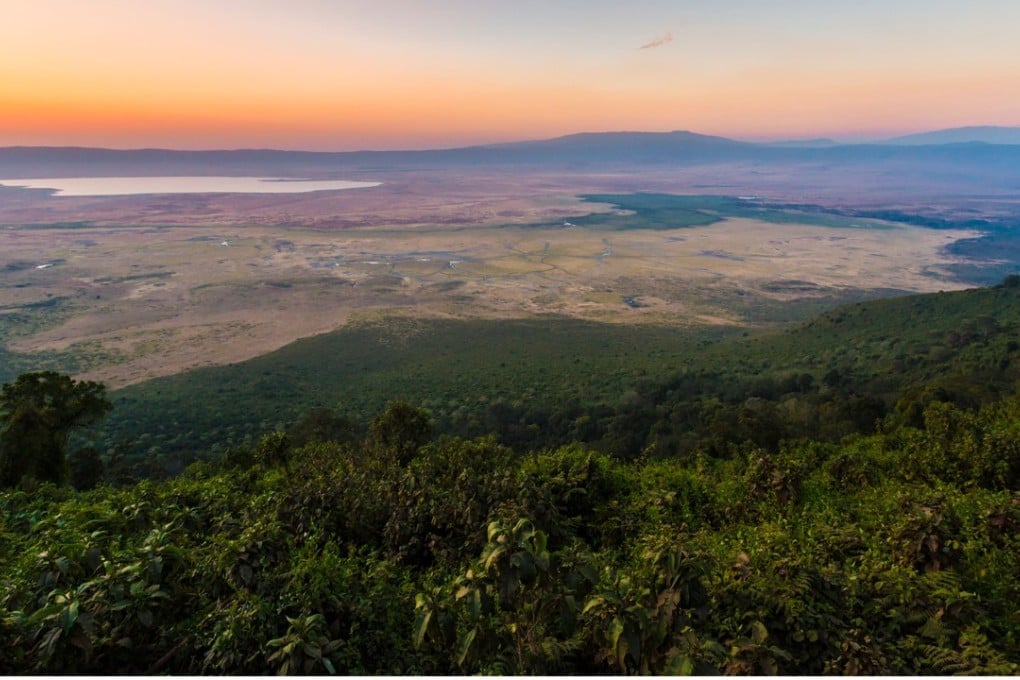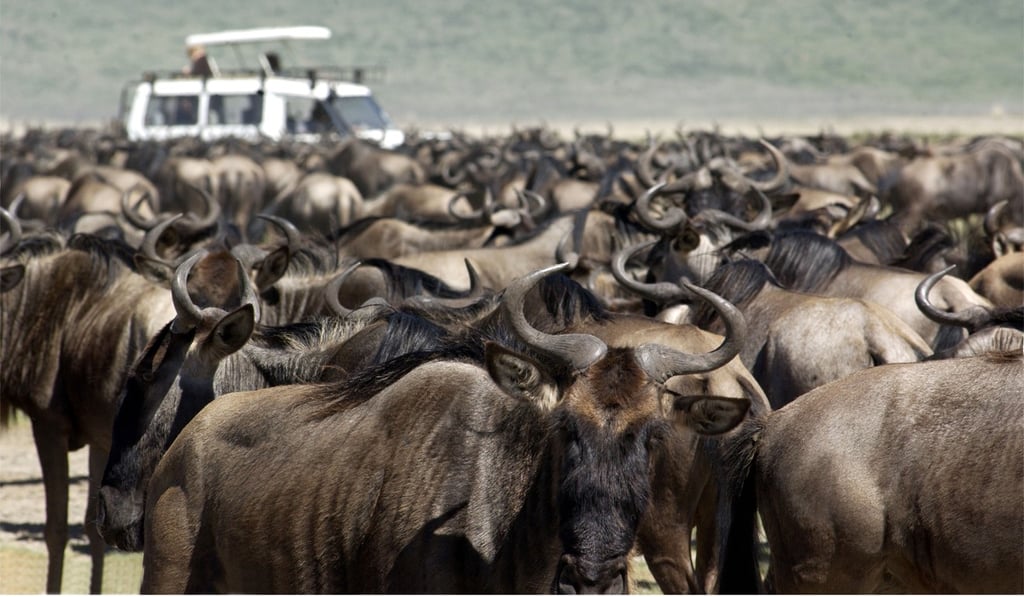The good, bad and ugly sides to African safaris
What could be more awe-inspiring than seeing the Big Five in their natural habitat? Not sharing the view with hordes of other tourists, and rich people with guns, perhaps

THE GOOD
The images are etched into our brains from a thousand wildlife documentaries. A pride of lions drinks at a watering hole while keeping a watchful eye on a herd of gazelle. Thousands of honking flamingos take to the skies as a hyena prowls a lake’s shore and a yolk-yellow sun sets behind a giraffe nibbling at a solitary savannah tree.
An African safari is a once-in-a-lifetime experience that comes with a bewildering range of options. Are “the Big Five” (lion, elephant, buffalo, leopard and rhinoceros) a priority, or is wildlife protection and investment in local communities more important? Are you hoping to photograph the animals from a 4x4, or does canoeing along the mighty Zambezi float your boat? How about a horseback safari during the annual wildebeest migration? Or a guided bush walk through Tanzania’s Crater Highlands with a Maasai tribesman?

Be sure to spend time researching the big game companies to learn about their conservation credentials and operational philosophy. Clarify what is included, and what isn’t, and ask for names of hotels, lodges and campsites. Reputable outfits won’t pressure you to stay in a camp with bucket showers and limited electricity, if that’s not your thing.
Seasoned travellers often delay booking anything until they arrive in Africa, which gives them the opportunity to size up operators and take advantage of last-minute deals. But which country should you be flying to?
